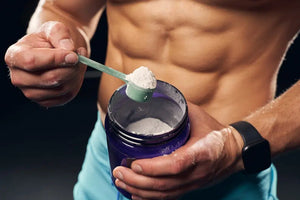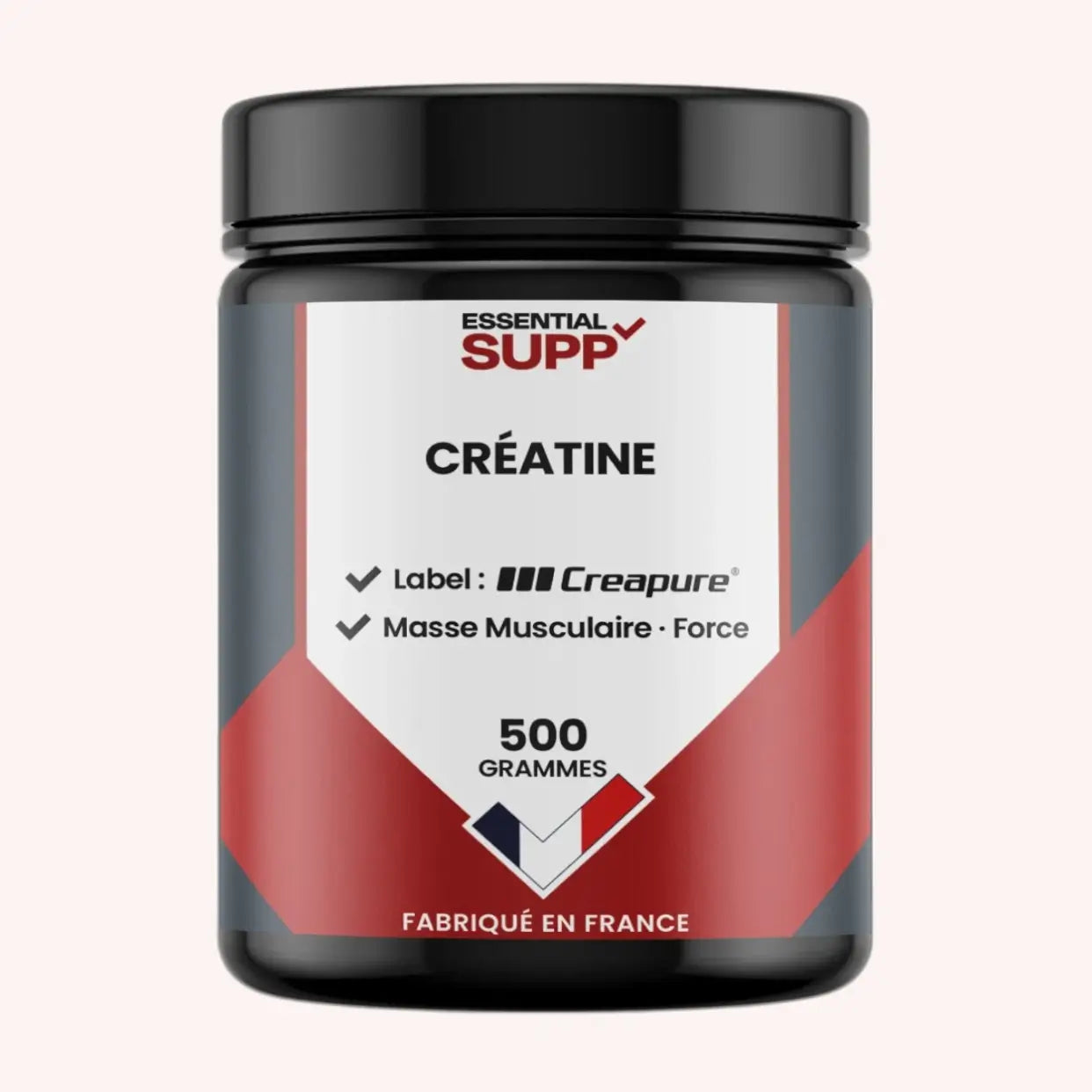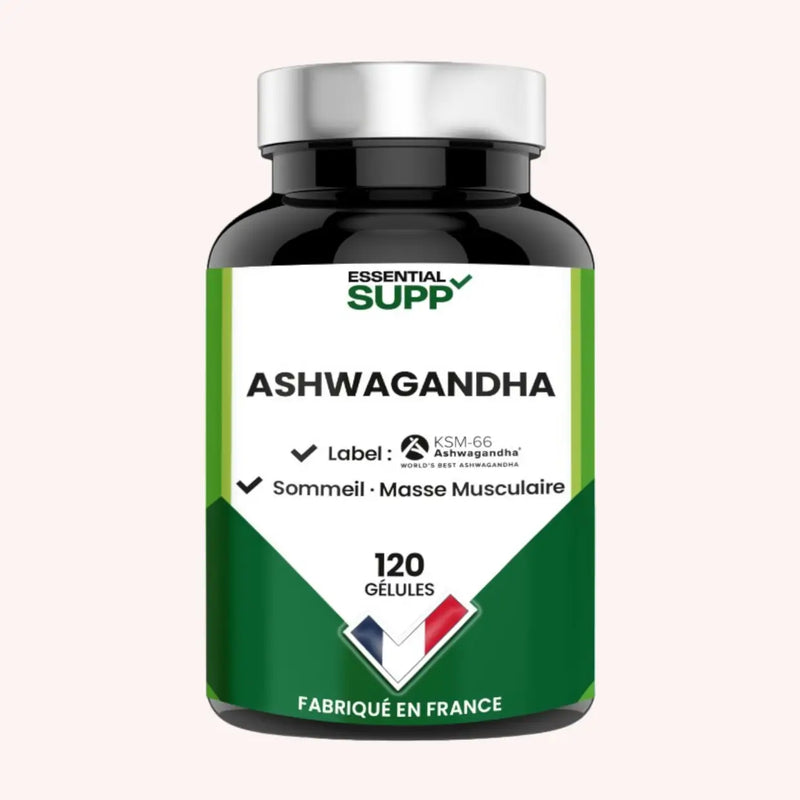In the world of bodybuilding, there's a fundamental principle that ensures concrete and lasting results: progressive overload. This concept is of paramount importance to anyone looking to build muscle mass and improve their physical performance.
What is progressive overload?
The principle of progressive overload is based on the idea that it is necessary to regularly increase the weights lifted during training in order to stimulate muscle growth. Indeed, when the body becomes accustomed to a certain level of stress, it no longer reacts as effectively. To continue progressing and developing muscles, it is therefore essential to constantly seek to increase the difficulty of the exercises.
The Scientific Basis of Progressive Overload
The core of progressive overload is based on the concept of mechanical stress applied to muscle fibers. When you subject your muscle to an effort, it adapts its structure and function to withstand this stress. This results in an increase in fiber size (hypertrophy) and an improvement in their contractile capacity. Therefore, to continue progressing, you must regularly increase the intensity of the effort imposed on the muscle.
How to implement progressive overload?
There are several ways to apply progressive overload in strength training. Here are some key methods to achieve this.
Choosing the Right Exercises
It's important to select exercises that effectively target the target muscles and allow for a steady progression of weights. Basic exercises such as squats, bench presses, and pull-ups are good choices for applying progressive overload.
Increase the loads
This simply involves adding a few kilograms to the bars or dumbbells used in exercises. This approach is ideal for rapid progress, but it's important to be careful not to sacrifice technique for weights that are too heavy.
Establish a progression plan
Create a progression plan that allows you to gradually increase the weight or number of repetitions over the course of each session. For example, you could increase the weight by 1 to 5% every two weeks, or add an additional repetition each week.
Increase the number of repetitions
Another way to create progressive overload is to increase the number of repetitions performed for each set. This allows you to push your muscles to work harder without necessarily increasing the load.
Increase training volume
This involves increasing the total number of sets of movements performed during a training session. This method is particularly suitable for people who want to work on their muscular endurance and develop a more athletic physique.
Take into account his recovery
To allow your muscles to adapt and progress, it's essential to give them sufficient recovery time between training sessions. Feel free to adjust your schedule based on your fatigue level and ensure adequate rest between sessions involving the same muscle groups.
Adapt progress in case of stagnation
If you find that you are no longer able to increase the weight despite your efforts, it may be helpful to review your progression plan. A commonly used approach is to slightly decrease the weight and increase the number of repetitions, before returning to the initial progression.
Reduce rest times between sets
By reducing recovery periods, muscles are forced to work under more challenging conditions, which stimulates muscle growth. However, be careful not to excessively reduce rest periods, as this can compromise the quality of your workouts.
The benefits of progressive overload in bodybuilding
Implementing the principle of progressive overload offers numerous benefits for athletes seeking to optimize their muscle growth. These include:
- Better adaptation of the body to the effort: By regularly increasing the work imposed on the muscles, they are forced to adapt and strengthen to cope with these new demands.
- Constant progress: With an approach based on progressive overload, it becomes possible to avoid plateaus and continue to progress even after several years of training.
- Harmonious physical development: By using different methods to apply progressive overload, it is possible to work on all physical qualities (strength, endurance, power) and develop a body that is both muscular and balanced.
- Simplicity: The method is extremely simple to implement and does not require specific equipment or complex calculations to determine the progression of loads.
- Effectiveness: Many athletes and coaches agree that progressive overload is one of the keys to success when it comes to gaining mass and strength. It continually stimulates muscle growth and ensures consistent progress.
Common Mistakes to Avoid When Using Progressive Overload
To fully benefit from the advantages of progressive overload in bodybuilding, it is important to remain vigilant and avoid certain errors that can hinder progress:
- Neglecting technique: When trying to increase weight, it can be tempting to sacrifice movement quality. This can lead to an increased risk of injury and limit the effectiveness of the exercises.
- Progressing too quickly: It's important to maintain a pace of progression that's appropriate for your level and abilities. Increasing training loads or volume too quickly can lead to overtraining, resulting in stagnation or even a decline in performance.
- Don't vary your methods: Progressive overload can take several forms, as we've seen previously. To avoid monotony and to regularly stimulate your muscles, it's recommended to vary your approaches.
Progressive Overload: In Summary
Progressive overload is a fundamental training principle in bodybuilding, effectively stimulating the development of strength and muscle volume. Thanks to its simplicity and adaptability, it can be integrated into any training program. Don't hesitate to adopt it to continue progressing and achieving your bodybuilding goals.
The principle of progressive overload in bodybuilding is a key element in ensuring optimal muscle growth and consistent progress. By implementing different methods to regularly increase the demands placed on the muscles, it is possible to develop a harmonious physique and improve physical performance throughout your sporting activity.








